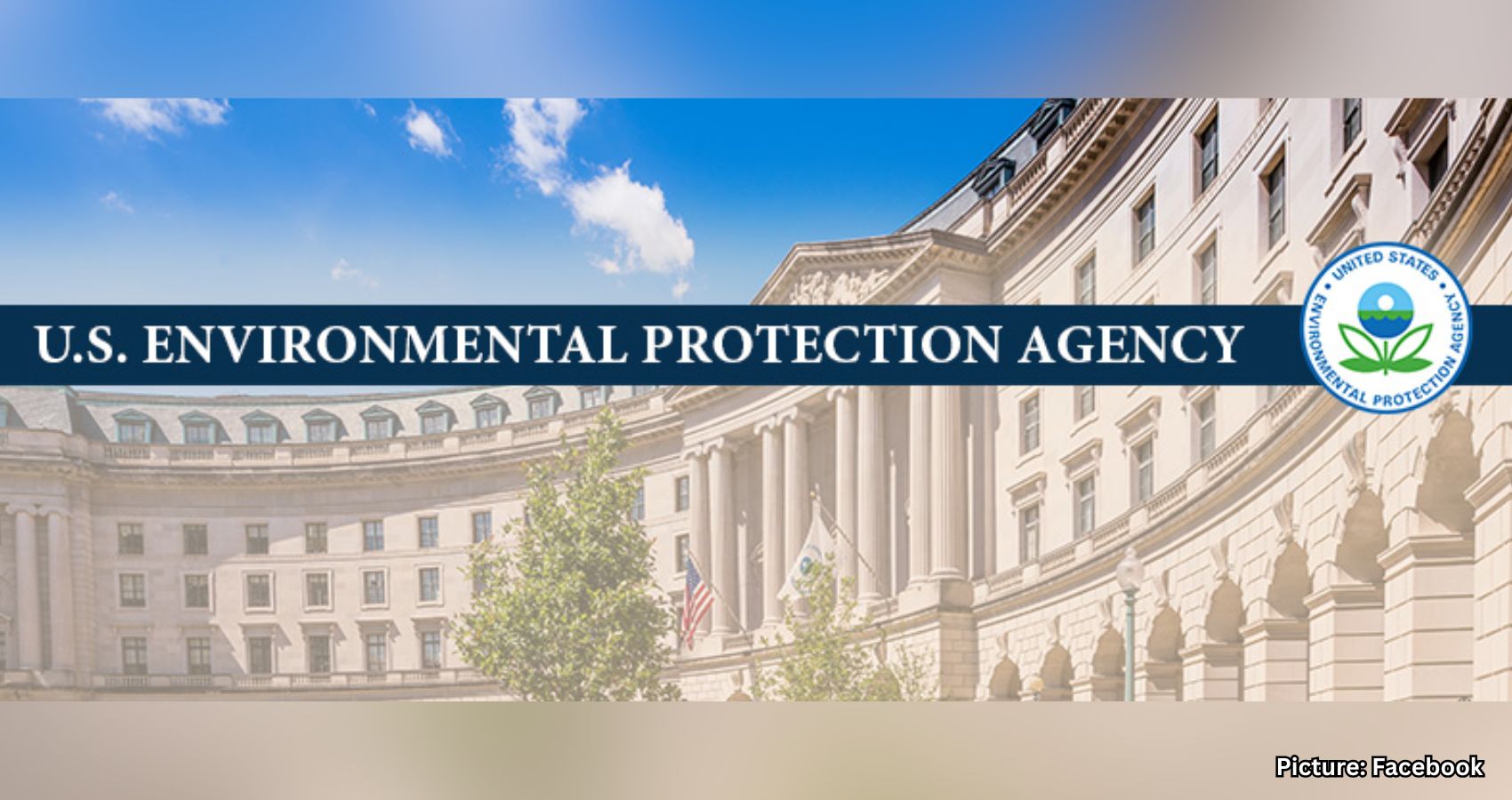The Trump administration is planning significant changes to the Environmental Protection Agency, including the closure of its scientific research arm, as part of a broader federal downsizing effort.
The Environmental Protection Agency (EPA) has announced plans to close its Office of Research and Development, the department tasked with providing critical expertise for environmental policies and regulations. This move is part of the Trump administration’s larger effort to downsize the federal government.
The Office of Research and Development plays a pivotal role in analyzing dangers related to toxic chemicals, climate change, smog, wildfires, indoor air pollutants, water contamination, watershed destruction, and drinking water safety. The office is also responsible for managing grant programs that support research at universities and private companies.
“Under President Trump’s leadership, EPA has taken a close look at our operations to ensure the agency is better equipped than ever to deliver on our core mission of protecting human health and the environment while powering the great American comeback,” stated EPA Administrator Lee Zeldin. He announced the plan on Friday, emphasizing that “this reduction in force will ensure we can better fulfill that mission while being responsible stewards of your hard-earned tax dollars.”
The downsizing, which forms part of a broader strategy to reduce the EPA’s workforce by 23%, is estimated to save approximately $748.8 million. The savings, according to the agency, will be reallocated to enhance “laboratory functions and hundreds of scientific, technical, bioinformatic, and information technology experts” within the EPA’s air, water, and chemical offices. These offices are home to thousands of scientists and engineers employed by the EPA.
Alongside these changes, the EPA also announced plans to establish a new “Office of Applied Science and Environmental Solutions”. The new office aims to prioritize research and science prominently in rulemaking processes and provide technical assistance to states.
While no layoffs have occurred yet, the EPA confirmed that some employees are being reassigned, and job cuts may be the next step. “That is the next step in the process,” the EPA commented in a statement to NPR.
The proposed changes have been met with strong criticism from several quarters. Democratic Rep. Zoe Lofgren of California, ranking member on the House Science, Space, and Technology Committee, denounced the planned cuts. “Administrator Zeldin has finally confirmed what he has denied for months and months — the destruction of the Office of Research and Development,” she said. Lofgren argued that the Trump administration is dismissing dedicated scientists while appointing political figures whose roles are to mislead Congress and the public. “The obliteration of ORD will have generational impacts on Americans’ health and safety. This is a travesty.”
Kyla Bennett, director of science policy for the nonprofit Public Employees for Environmental Responsibility (PEER), also voiced concerns. Bennett argued that eliminating the ORD will severely impair the EPA’s research capabilities and hinder its ability to utilize studies from other scientists. “This [reduction in force], together with the slashing of travel and training budgets, will leave EPA flying blind and unable to use the best available science. These short-sighted cuts will ultimately affect every American, and it is despicable,” she stated.
In contrast, the American Chemistry Council, representing chemical manufacturers, backed the EPA’s decision to review its resources. The council stressed the importance of ensuring taxpayer money is utilized efficiently and effectively to meet the agency’s legal obligations. “If necessary, that includes shifting resources from certain offices,” the organization commented.
The implications of the EPA’s restructuring remain to be fully understood, but the debate highlights significant divisions over the administration’s approach to environmental research and regulatory functions.
Source: Original article

